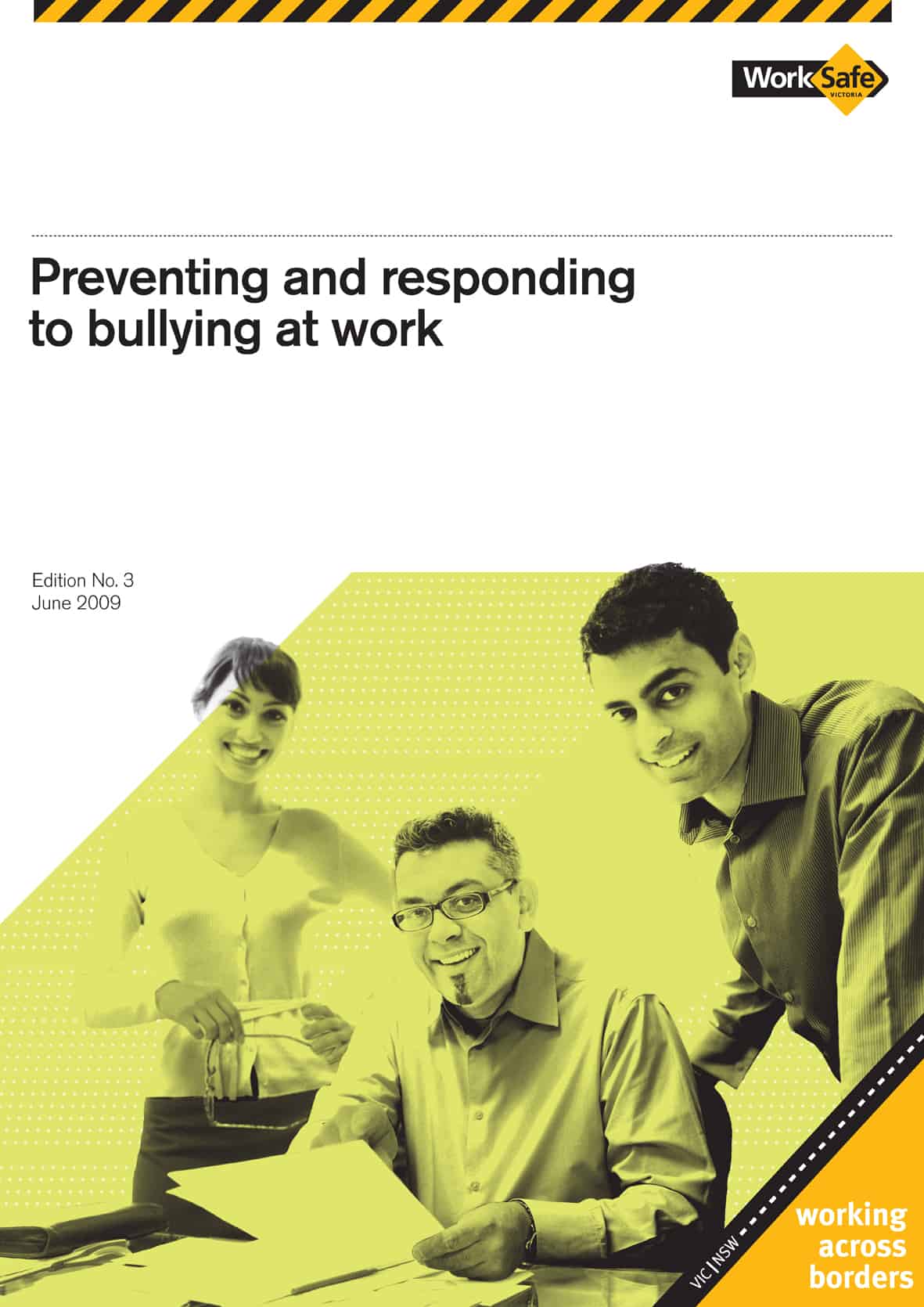Queensland’s Premier, Anna Bligh, and Attorney-General, Cameron Dick have issued a curious media statement concerning their reform of the State’s workers’ compensation system.
The reform is intended “to ensure stability and certainty into the future” and “ensure that the Queensland average premium rate, while increasing, will remain the lowest of any state or territory.”
The Premier is saying the right message but the reality may be a little different. Continue reading “Queensland workers’ compensation reforms – is the good news really that good?”


